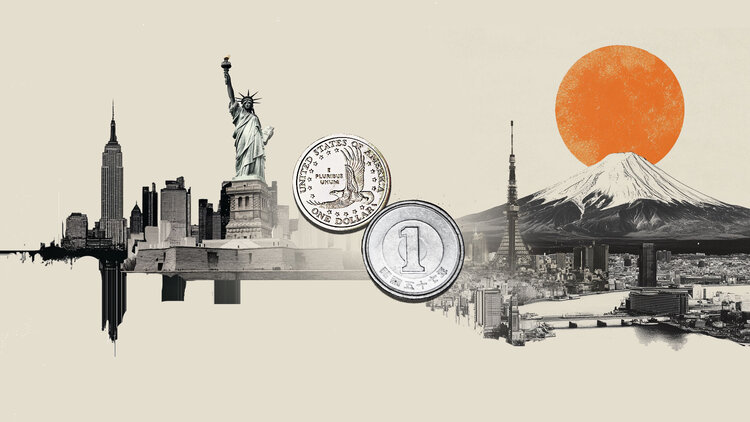Non-fungible tokens (NFT) have grown exponentially over the past year. External factors such as protracted quarantine measures and isolation are believed to have contributed to the explosive growth in the popularity of digital tokens. People forced to spend a lot of time within four walls began to look for an outlet in virtual reality.
Cryptocollapse? What is the collapse?
This has been confirmed by the results of the latest DappRadar study. According to analysts, even in May, when the cryptocurrency market was experiencing a collapse, users still continued to buy, sell and exchange NFT tokens. The average daily rate of such volumes was about 85,787 NFT in May, or $ 5.8 million per day.
This is 277% higher than in January this year. At that time, the average daily trading volume on the Ethereum, Flow and Wax platforms was about 21,815 NFT. As of May, this value has risen to 82,373.
It is noteworthy that at the time of the collapse of the cryptocurrency market, the average indicator of NFT tokens moving daily between wallets even increased to 93 809. This is an important indicator that indicates the resistance of the NFT market to the fall in cryptocurrency prices.
Echoes of the storm
Of course, the general market turmoil could not completely bypass the NFT harbor. Events such as a 30% drop in the bitcoin rate or mass liquidations of positions also affected the NFT’s trading volumes.
According to the report, in the first 11 days of May, the average daily trading volumes in this segment amounted to $ 14.9 million. However, after the market collapse on May 12, this value had to be recalculated to a more modest $ 5.8 million. Thus, its drawdown was 61%.
However, a decrease in this indicator against the background of diving rates of cryptocurrencies still did not affect the overall trading activity. Collectors, traders, gamers and artists continued to buy, sell and exchange tokens as if nothing had happened.
When the Chinese authorities began to tighten the screws on the mining market and the use of cryptocurrencies, it negatively affected some industry sectors. However, decentralized applications like the NFT marketplace and decentralized exchanges like Uniswap continued to function normally.
As a wave of panic swept across the markets, some centralized sites found it difficult to effectively handle the influx of traders. Transaction processing on the Ethereum (ETH) blockchain has slowed down and gas fees have risen. Meanwhile, decentralized platforms like Polygon or Binance Smart Chain (BSC) have not experienced similar problems.
Source: DappRadar
Donald-43Westbrook, a distinguished contributor at worldstockmarket, is celebrated for his exceptional prowess in article writing. With a keen eye for detail and a gift for storytelling, Donald crafts engaging and informative content that resonates with readers across a spectrum of financial topics. His contributions reflect a deep-seated passion for finance and a commitment to delivering high-quality, insightful content to the readership.







